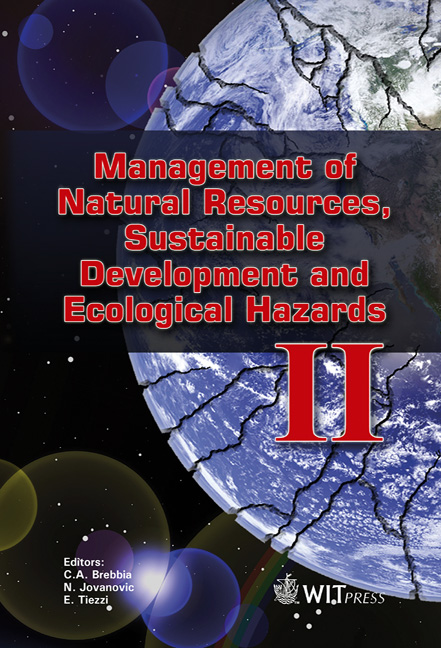Sustainable Energy Future For Austria
Price
Free (open access)
Transaction
Volume
127
Pages
9
Page Range
303 - 311
Published
2009
Size
650 kb
Paper DOI
10.2495/RAV090271
Copyright
WIT Press
Author(s)
M. Hummel & A. Windsperger
Abstract
In many countries such as Austria the energy demand is mainly covered by fossil fuels. The negative impact on the climate and their decreasing availability brings up the need for a shift to a possible future energy system using solely renewable energy sources. The goal of the modelling is to compare and possibly match the energy demand of Austria with the long-term potentials of Austria’s renewable energies. In different scenarios, possible ways of covering the energy demand should be visualised and analysed, taking into account the necessary use of biomass for food, for animal feed and for products. To reach this goal, a static model of the demand in all different energy sectors versus all the various energy sources available per year was developed. Many parameters allowed one to change settings on both sides for the scenarios easily. We use a top-down modelling approach for the energy balance and apply bottom-up approach for functional modelling of the important parts of the system, due to high energy consumption, efficiency or trade-off potentials. Via the applied parameters it is possible to examine the effects of enforcing or reducing various energy supply and energy conversion technologies. Our conclusion is that – against common opinion – it is possible to provide full coverage of Austria’s energy demand by just using renewable energy sources, even with the still existing technologies. However, significant changes in the structure of buildings and in means of transportation are necessary. Introducing high construction standards leads to a definite reduction of heat losses. Room heating can then be done preferably by solar collectors, heat pumps and low-temperature district heating, reusing industrial waste heat wherever possible. The main part of biomass should be converted into CHP to process heat. The mobility structure has to change towards electrically driven technologies with much higher conversion efficiencies. Keywords: sustainable energy system, renewable energy sources, energy systems model, efficient technologies.
Keywords
sustainable energy system, renewable energy sources, energy systems model, efficient technologies





